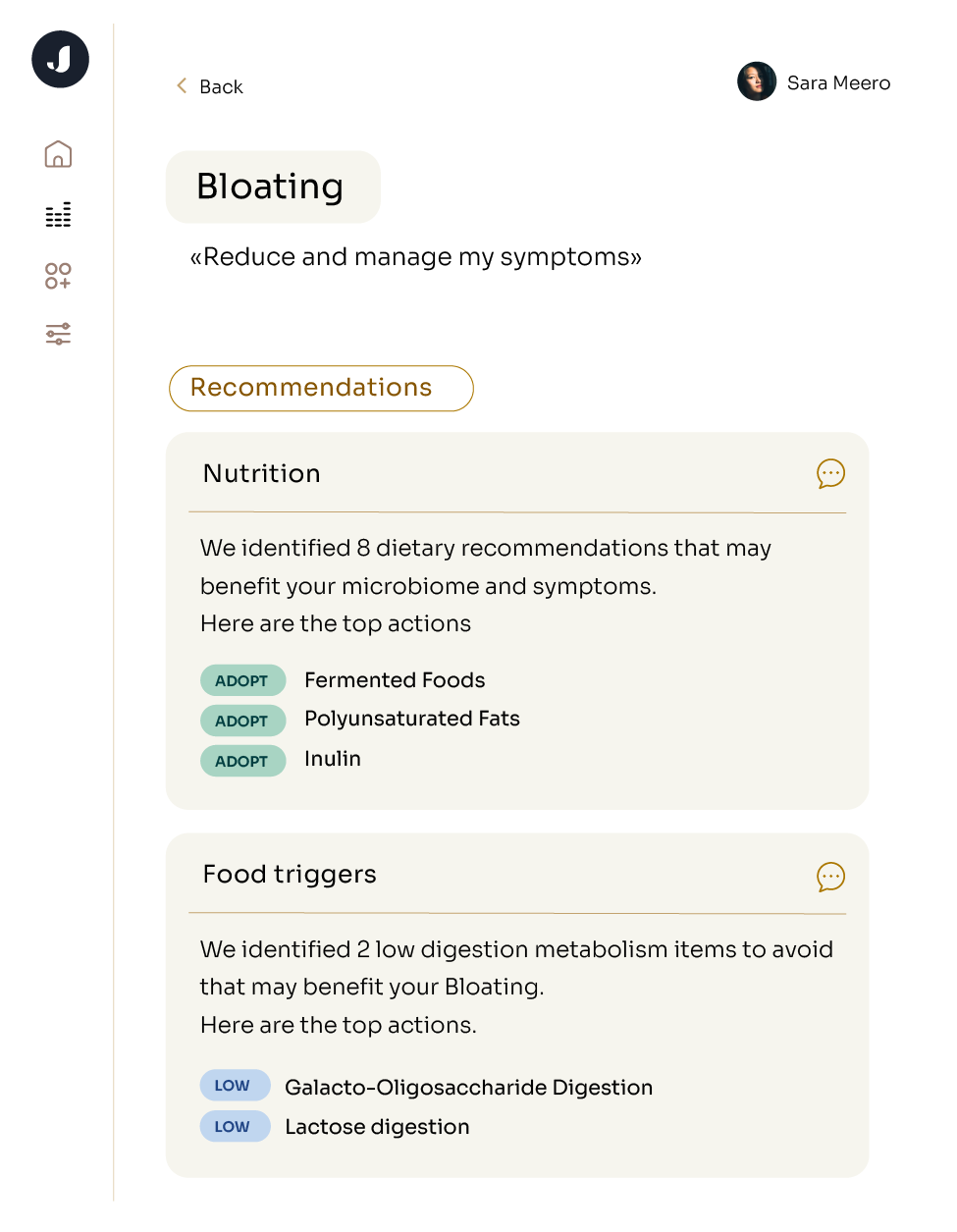Badal, V. D., Vaccariello, E. D., Murray, E. R., Yu, K. E., Knight, R., Jeste, D. V., & Nguyen, T. T. (2020). The Gut Microbiome, Aging, and Longevity: A Systematic Review. Nutrients, 12(12), 3759. https://doi.org/10.3390/nu12123759
Ding, K., Hua, F., & Ding, W. (2020). Gut Microbiome and Osteoporosis. Aging and disease, 11(2), 438–447. https://doi.org/10.14336/AD.2019.0523
Donati Zeppa, S., Agostini, D., Ferrini, F., Gervasi, M., Barbieri, E., Bartolacci, A., Piccoli, G., Saltarelli, R., Sestili, P., & Stocchi, V. (2022). Interventions on Gut Microbiota for Healthy Aging. Cells, 12(1), 34. https://doi.org/10.3390/cells12010034
Hernández-Calderón, P., Wiedemann, L., & Benítez-Páez, A. (2022). The microbiota composition drives personalized nutrition: Gut microbes as predictive biomarkers for the success of weight loss diets. Frontiers in nutrition, 9, 1006747. https://doi.org/10.3389/fnut.2022.1006747
Kebbe, M., Sparks, J. R., Flanagan, E. W., & Redman, L. M. (2021). Beyond weight loss: current perspectives on the impact of calorie restriction on healthspan and lifespan. Expert review of endocrinology & metabolism, 16(3), 95–108. https://doi.org/10.1080/17446651.2021.1922077
Kim, C.H. (2023). Complex regulatory effects of gut microbial short-chain fatty acids on immune tolerance and autoimmunity. Cell Mol Immunol, 20, 341–350. https://doi.org/10.1038/s41423-023-00987-1
López-Otín, C., Blasco, M. A., Partridge, L., et al. (2013). The hallmarks of aging. Cell, 153, 1194–1217.
Longo, V. D., & Anderson, R. M. (2022). Nutrition, longevity and disease: From molecular mechanisms to interventions. Cell, 185(9), 1455–1470. https://doi.org/10.1016/j.cell.2022.04.002
Low, D. Y., Hejndorf, S., Tharmabalan, R. T., Poppema, S., & Pettersson, S. (2021). Regional Diets Targeting Gut Microbial Dynamics to Support Prolonged Healthspan. Frontiers in microbiology, 12, 659465. https://doi.org/10.3389/fmicb.2021.659465
McPhee, J. S., French, D. P., Jackson, D., Nazroo, J., Pendleton, N., & Degens, H. (2016). Physical activity in older age: perspectives for healthy ageing and frailty. Biogerontology, 17(3), 567-580. https://doi.org/10.1007/s10522-016-9641-0
Pang, S., Chen, X., Lu, Z., et al. (2023). Longevity of centenarians is reflected by the gut microbiome with youth-associated signatures. Nat Aging, 3, 436–449. https://doi.org/10.1038/s43587-023-00389-y
Sepp, E., Smidt, I., Rööp, T., Štšepetova, J., Kõljalg, S., Mikelsaar, M., Soidla, I., Ainsaar, M., Kolk, H., Vallas, M., Jaagura, M., & Mändar, R. (2022). Comparative Analysis of Gut Microbiota in Centenarians and Young People: Impact of Eating Habits and Childhood Living Environment. Frontiers in cellular and infection microbiology, 12, 851404. https://doi.org/10.3389/fcimb.2022.851404
Shi, P., Xu, S., Yang, Z., Wang, L., Wu, Y., Li, Y., & Zhu, Z. (2024). Harnessing gut microbiota for longevity: Insights into mechanisms and genetic manipulation. iMetaOmics, 1(2), e36. Wiley. https://doi.org/10.1002/imo2.36
Tessier, A. J., Wang, F., Korat, A. A., et al. (2025). Optimal dietary patterns for healthy aging. Nat Med. https://doi.org/10.1038/s41591-025-03570-5






